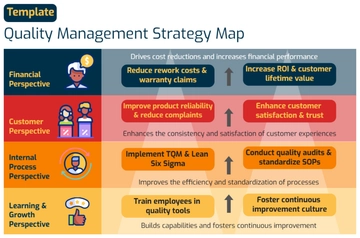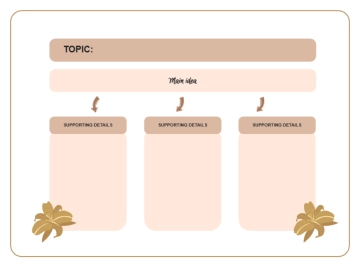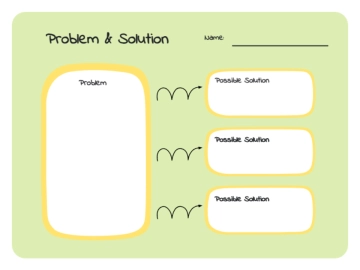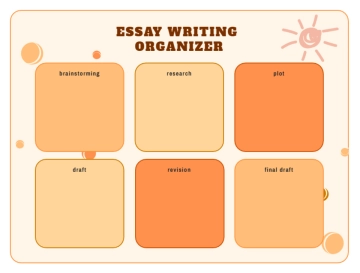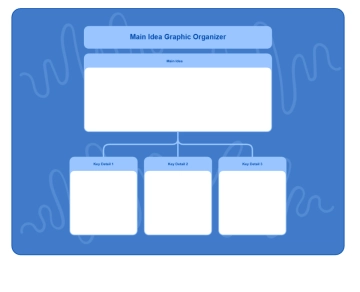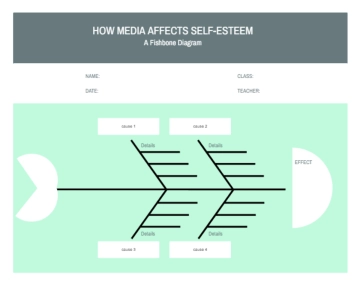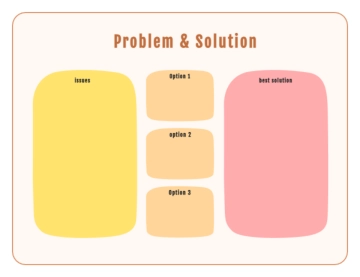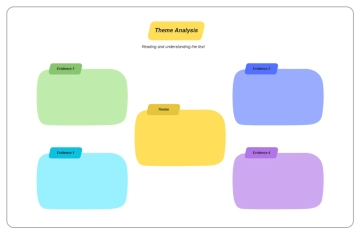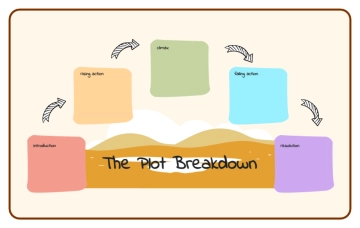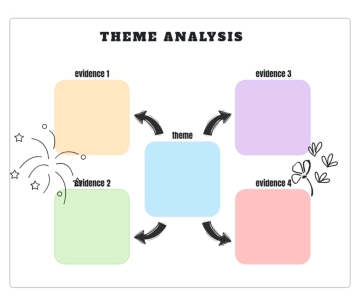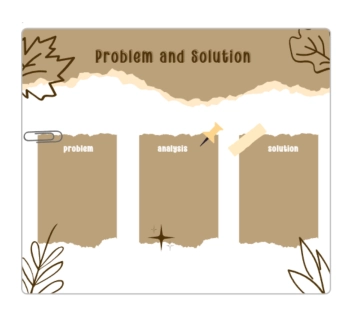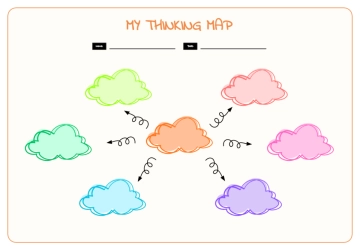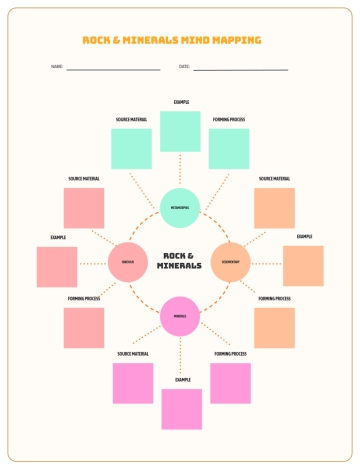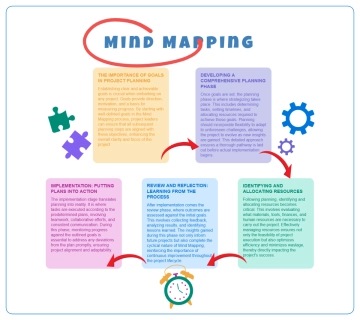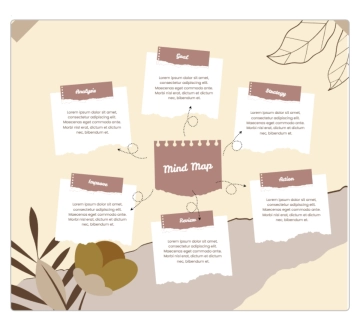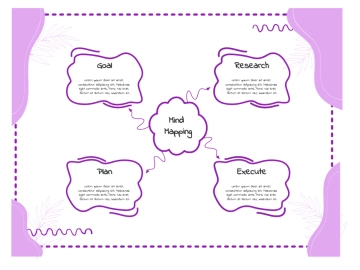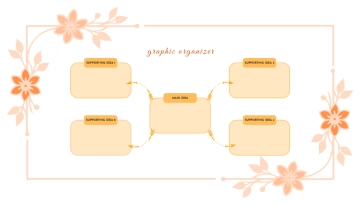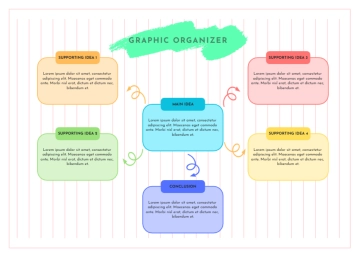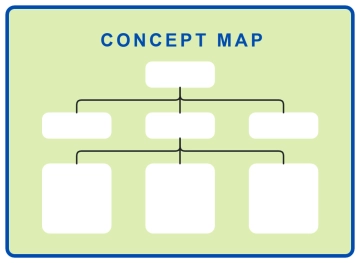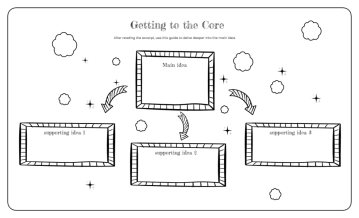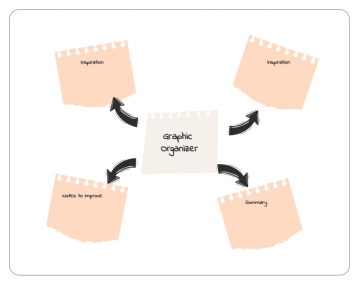Free Agriculture Export Strategy Plan

I. Introduction
Our Agriculture Export Strategy Plan aims to significantly enhance our export capabilities and increase our market share in the global agricultural market. Our objectives are to achieve a 20% increase in export volume and a 15% rise in revenue over the next three years. By leveraging our strengths and addressing key challenges, we aim to establish ourselves as a leading exporter of high-quality agricultural products. Our goals include identifying new markets, improving product quality, and streamlining our export processes to meet international standards.
II. Industry Analysis
The agricultural sector in the United States is robust, contributing significantly to the national economy. Currently, the sector faces several trends and challenges, including increasing demand for organic and sustainably produced goods, advancements in agricultural technology, and fluctuating international trade policies. Despite these challenges, there are opportunities for growth, especially in emerging markets where demand for quality agricultural products is rising. However, we must navigate issues such as trade barriers, climate change impacts, and competition from other major exporting countries.
III. Market Research
A. Target Markets
Our target markets include regions with high demand for agricultural imports, such as Europe, Asia, and the Middle East. Specifically, we will focus on countries like Germany, Japan, and the United Arab Emirates, where there is a growing demand for high-quality, organic, and specialty agricultural products. These markets have shown consistent growth in imports and offer opportunities for premium pricing and brand differentiation.
B. Competitor Analysis
We have analyzed our competitors to understand their strengths and weaknesses. This analysis helps us identify opportunities to differentiate our products and improve our market positioning.
Competitor | Market Share | Strengths | Weaknesses |
|---|---|---|---|
25% | Strong brand | High production costs | |
20% | Advanced technology | Lower quality | |
15% | Large scale | Inconsistent quality |
C. Trade Barriers and Regulations
Navigating trade barriers and regulations is critical to our export strategy. Recent US regulations have tightened food safety standards, requiring comprehensive documentation and compliance with the Food Safety Modernization Act (FSMA). Additionally, there are specific import restrictions and tariffs in target markets that we need to consider. Understanding these regulations will help us minimize delays and ensure smooth entry into new markets.
IV. Product Strategy
A. Selection of Export Products
Our product selection criteria focus on market demand, production capacity, and product differentiation. We prioritize products that have high demand in target markets, can be produced sustainably and cost-effectively, and offer unique qualities or benefits that set them apart from competitors. Criteria for selection include:
Market demand and growth potential
Production sustainability and capacity
Product uniqueness and differentiation
Compliance with international standards
Potential for value addition
B. Quality Standards and Certifications
Adhering to high-quality standards and obtaining necessary certifications are crucial for gaining market access and consumer trust. These certifications ensure our products meet stringent safety, quality, and environmental requirements.
GlobalGAP
USDA Organic
ISO 22000
HACCP (Hazard Analysis and Critical Control Points)
Fair Trade Certification
C. Value Addition and Branding
Value addition and effective branding are key to our export strategy. We will focus on enhancing the value of our products through improved packaging, processing, and presenting unique selling propositions that resonate with consumers in target markets. Our branding efforts will highlight our commitment to quality, sustainability, and innovation, establishing a strong brand presence that differentiates us from competitors.
V. Marketing and Promotion
A. Marketing Plan
Our marketing plan is designed to increase brand awareness, drive demand, and enhance our market presence in targeted regions. We will use a mix of digital marketing, traditional advertising, and direct engagement with potential buyers. The plan includes leveraging social media, content marketing, and SEO to reach a broader audience while maintaining a strong presence in local markets through tailored advertising campaigns.
B. Branding and Positioning
Our branding and positioning strategy will emphasize our commitment to quality, sustainability, and innovation. We aim to position our products as premium offerings that deliver superior taste and health benefits. Our branding efforts will include developing a strong visual identity, creating compelling narratives around our products, and highlighting our adherence to high-quality standards and certifications.
C. Promotional Activities
Promotional activities will include a mix of online and offline initiatives to boost product visibility and engagement. We will launch targeted digital campaigns, influencer partnerships, and content marketing efforts to generate interest and drive sales. Offline activities will include product tastings, in-store promotions, and collaborations with local distributors and retailers to increase shelf presence and consumer awareness.
D. Trade Fairs and Exhibitions
Participating in trade fairs and exhibitions is a key component of our promotional strategy. These events provide opportunities to showcase our products, network with potential buyers and partners, and gain insights into market trends. We will prioritize attending major international trade fairs in our target markets and organize booth displays, product demonstrations, and sampling events to attract and engage attendees.
VI. Supply Chain Management
A. Export Logistics Planning
Effective export logistics planning is essential to ensure timely and efficient delivery of our products to international markets. Our logistics plan includes coordinating with reliable shipping partners, optimizing shipping routes, and managing customs clearance processes. We will also implement a robust tracking system to monitor shipments and address any issues promptly.
B. Packaging and Labeling Requirements
Compliance with packaging and labeling requirements is critical to ensuring our products meet international standards and regulations. Our packaging will be designed to preserve product quality during transit, comply with environmental standards, and meet the specific labeling requirements of target markets, including nutritional information, origin labels, and certification marks.
C. Transportation and Distribution Channels
Our transportation and distribution strategy will focus on establishing efficient and cost-effective channels to deliver our products to consumers. We will partner with reputable logistics providers, utilize multimodal transportation options, and develop a network of local distributors and retailers to ensure broad market coverage and timely product availability.
D. Cold Chain Management
For perishable products, maintaining an unbroken cold chain is crucial to preserving quality and safety. Our cold chain management plan includes investing in temperature-controlled storage and transportation, implementing strict monitoring protocols, and working closely with logistics partners to ensure products are kept at the appropriate temperatures throughout the supply chain.
VII. Financial Planning
A. Export Pricing Strategy
Our export pricing strategy aims to balance competitiveness with profitability. We will consider production costs, market demand, competitor pricing, and exchange rate fluctuations when setting prices for our products. The following table outlines our preliminary pricing strategy for key products:
Product | Production Cost | Target Price | Competitor Price |
|---|---|---|---|
Product A | $2.00 per unit | $3.50 per unit | $3.00 per unit |
Product B | $1.50 per unit | $2.75 per unit | $2.50 per unit |
Product C | $3.00 per unit | $4.50 per unit | $4.00 per unit |
By setting competitive prices while ensuring adequate margins, we aim to capture market share and achieve sustainable growth in our export markets.
B. Cost Analysis
A thorough cost analysis helps us identify areas for cost reduction and efficiency improvements. The following table summarizes our key cost components:
Cost Component | Amount | Percentage of Total Cost |
|---|---|---|
Production | $500,000 | 40% |
Logistics | $300,000 | 24% |
Marketing | $200,000 | 16% |
Compliance | $150,000 | 12% |
Overheads | $100,000 | 8% |
Analyzing these costs allows us to prioritize investments and identify opportunities for cost savings, enhancing our overall financial performance.
C. Funding and Financing Options
To support our export strategy, we will explore various funding and financing options, including government grants, export financing programs, and private investments. The following table outlines potential sources of funding:
Source of Funding | Amount | Terms and Conditions |
|---|---|---|
Government Grants | $200,000 | Non-repayable, specific use cases |
Export Financing | $300,000 | Low-interest loans, collateral |
Private Investment | $500,000 | Equity stake, strategic partnership |
Utilizing these funding sources will provide the necessary capital to implement our export strategy and achieve our growth objectives.
VIII. Regulatory Compliance
Compliance with international regulations is critical to ensuring smooth market entry and avoiding legal issues. We will adhere to relevant regulations, including those related to food safety, labeling, and environmental standards. Key regulations include:
Food Safety Modernization Act (FSMA) - United States
European Union (EU) Food Law - European Union
Japanese Food Sanitation Act - Japan
Codex Alimentarius - International
GlobalGAP Certification - Global
USDA Organic Certification - United States
ISO 22000 - International
Fair Trade Certification - Global
Ensuring compliance with these regulations will help us gain market access, build consumer trust, and avoid potential trade barriers.
IX. Partner and Stakeholder Engagement
We will collaborate with various stakeholders to leverage their expertise, resources, and networks. This includes government agencies, industry associations, financial institutions, and supply chain partners. Our engagement strategy involves regular communication, collaborative initiatives, and mutual support to achieve shared goals.
List of stakeholders and engagement strategies:
Government Agencies
Engagement: Regular meetings, compliance with regulations
Role: Provide regulatory guidance, facilitate trade agreements, offer financial incentives
Industry Associations
Engagement: Membership, participation in industry events
Role: Offer industry insights, support market access, promote best practices
Financial Institutions
Engagement: Securing funding, financial planning consultations
Role: Provide export financing, investment opportunities, financial advice
Supply Chain Partners
Engagement: Long-term contracts, joint logistics planning, performance reviews
Role: Ensure efficient logistics, maintain quality control, support supply chain resilience
Local Distributors and Retailers
Engagement: Sales agreements, marketing collaborations, feedback collection
Role: Distribute products, promote brand, provide market feedback
X. Monitoring and Evaluation
To ensure the effectiveness of our strategy, we will implement a robust monitoring and evaluation system. This involves setting key performance indicators (KPIs), regularly reviewing progress, and making necessary adjustments. Monitoring will take place quarterly, with a comprehensive annual review to assess overall performance and impact.
Metric | Target Value |
|---|---|
Export Volume Increase | 20% annually |
Revenue Growth | 15% annually |
Market Share in Target Markets | 10% increase |
Customer Satisfaction Rating | 90% positive feedback |
On-Time Delivery Rate | 95% |
Compliance with Quality Standards | 100% |
Regular monitoring will involve collecting data on these metrics, analyzing trends, and reporting findings to the management team. Quarterly reviews will enable us to identify any issues early and make necessary adjustments, while annual reviews will provide a comprehensive assessment of our progress and inform future strategy adjustments.
XI. Action Plan
Our action plan outlines the specific steps, timelines, and responsibilities necessary to implement our strategy. This structured approach ensures accountability and progress tracking.
Step | Timeline | Responsibility |
|---|---|---|
Market Research Completion | Marketing Team | |
Product Selection Finalization | Product Development Team | |
Quality Certifications Obtained | Quality Assurance Team | |
Marketing Campaign Launch | Marketing Team | |
Export Logistics Planning | Logistics Team | |
Trade Fair Participation | Sales Team | |
Financial Planning Finalized | Finance Team | |
Stakeholder Engagement Initiated | Strategy Team | |
First Export Shipment | Operations Team | |
Monitoring and Evaluation Setup | Strategy Team |
This action plan will be reviewed and updated regularly to reflect progress and any changes in strategy or market conditions.
XII. Call to Action
We invite all stakeholders to actively participate in and support our Agriculture Export Strategy Plan. Together, we can achieve significant growth, improve market presence, and ensure the sustainable success of our agricultural exports. Let us work collaboratively to realize our shared vision of becoming a leading exporter of high-quality agricultural products.
- 100% Customizable, free editor
- Access 1 Million+ Templates, photo’s & graphics
- Download or share as a template
- Click and replace photos, graphics, text, backgrounds
- Resize, crop, AI write & more
- Access advanced editor
Discover the Agriculture Export Strategy Plan Template on Template.net. This editable and customizable template is perfect for outlining your export goals and strategies. Tailor your plan effortlessly with detailed sections, all editable in our AI Editor tool for seamless customization. Ideal for agricultural businesses aiming to enhance their export initiatives effectively.
You may also like
- Finance Plan
- Construction Plan
- Sales Plan
- Development Plan
- Career Plan
- Budget Plan
- HR Plan
- Education Plan
- Transition Plan
- Work Plan
- Training Plan
- Communication Plan
- Operation Plan
- Health And Safety Plan
- Strategy Plan
- Professional Development Plan
- Advertising Plan
- Risk Management Plan
- Restaurant Plan
- School Plan
- Nursing Home Patient Care Plan
- Nursing Care Plan
- Plan Event
- Startup Plan
- Social Media Plan
- Staffing Plan
- Annual Plan
- Content Plan
- Payment Plan
- Implementation Plan
- Hotel Plan
- Workout Plan
- Accounting Plan
- Campaign Plan
- Essay Plan
- 30 60 90 Day Plan
- Research Plan
- Recruitment Plan
- 90 Day Plan
- Quarterly Plan
- Emergency Plan
- 5 Year Plan
- Gym Plan
- Personal Plan
- IT and Software Plan
- Treatment Plan
- Real Estate Plan
- Law Firm Plan
- Healthcare Plan
- Improvement Plan
- Media Plan
- 5 Year Business Plan
- Learning Plan
- Marketing Campaign Plan
- Travel Agency Plan
- Cleaning Services Plan
- Interior Design Plan
- Performance Plan
- PR Plan
- Birth Plan
- Life Plan
- SEO Plan
- Disaster Recovery Plan
- Continuity Plan
- Launch Plan
- Legal Plan
- Behavior Plan
- Performance Improvement Plan
- Salon Plan
- Security Plan
- Security Management Plan
- Employee Development Plan
- Quality Plan
- Service Improvement Plan
- Growth Plan
- Incident Response Plan
- Basketball Plan
- Emergency Action Plan
- Product Launch Plan
- Spa Plan
- Employee Training Plan
- Data Analysis Plan
- Employee Action Plan
- Territory Plan
- Audit Plan
- Classroom Plan
- Activity Plan
- Parenting Plan
- Care Plan
- Project Execution Plan
- Exercise Plan
- Internship Plan
- Software Development Plan
- Continuous Improvement Plan
- Leave Plan
- 90 Day Sales Plan
- Advertising Agency Plan
- Employee Transition Plan
- Smart Action Plan
- Workplace Safety Plan
- Behavior Change Plan
- Contingency Plan
- Continuity of Operations Plan
- Health Plan
- Quality Control Plan
- Self Plan
- Sports Development Plan
- Change Management Plan
- Ecommerce Plan
- Personal Financial Plan
- Process Improvement Plan
- 30-60-90 Day Sales Plan
- Crisis Management Plan
- Engagement Plan
- Execution Plan
- Pandemic Plan
- Quality Assurance Plan
- Service Continuity Plan
- Agile Project Plan
- Fundraising Plan
- Job Transition Plan
- Asset Maintenance Plan
- Maintenance Plan
- Software Test Plan
- Staff Training and Development Plan
- 3 Year Plan
- Brand Activation Plan
- Release Plan
- Resource Plan
- Risk Mitigation Plan
- Teacher Plan
- 30 60 90 Day Plan for New Manager
- Food Safety Plan
- Food Truck Plan
- Hiring Plan
- Quality Management Plan
- Wellness Plan
- Behavior Intervention Plan
- Bonus Plan
- Investment Plan
- Maternity Leave Plan
- Pandemic Response Plan
- Succession Planning
- Coaching Plan
- Configuration Management Plan
- Remote Work Plan
- Self Care Plan
- Teaching Plan
- 100-Day Plan
- HACCP Plan
- Student Plan
- Sustainability Plan
- 30 60 90 Day Plan for Interview
- Access Plan
- Site Specific Safety Plan
